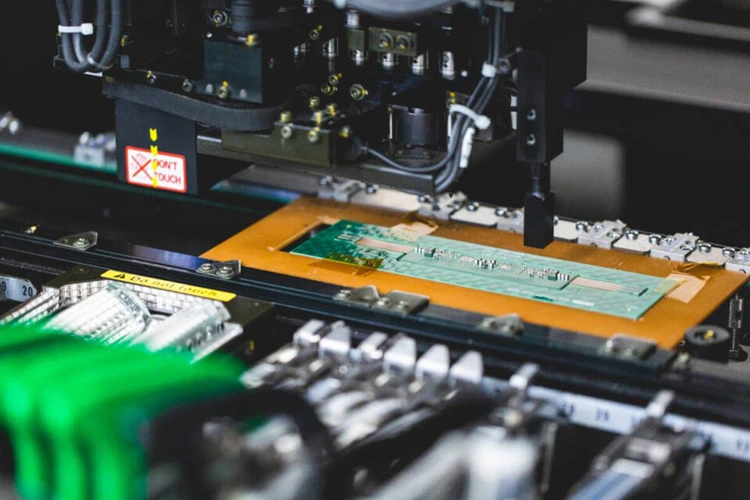In the ever-evolving world of electronics, the role of robotics in turnkey electronics assembly has become a pivotal topic. Robotics is revolutionizing how we approach electronics assembly, offering unprecedented precision, speed, and efficiency. By integrating robotics into the turnkey process, companies can enhance their production capabilities significantly.

Introduction to Turnkey Electronics Assembly
Turnkey electronics assembly is a streamlined process where a single company manages the entire production cycle, from design to manufacturing. This approach reduces complexity and ensures a higher quality product. With turnkey electronic manufacturing, companies can focus on innovation and market strategies while the assembly process is handled efficiently.
The Integration of Robotics
Robotics plays a crucial role in turnkey electronics assembly by automating many of the repetitive and precise tasks that were traditionally done by humans. This integration leads to faster production times and improved product consistency.
Advantages of Robotics in Electronics Assembly
- Precision and Accuracy: Robots can consistently perform tasks with a high degree of precision, reducing errors and improving the quality of the final product.
- Speed and Efficiency: Automation allows for faster production cycles, helping companies meet tight deadlines and demand surges.
- Cost Reduction: By minimizing human intervention, companies can reduce labor costs and overheads significantly.
Challenges and Solutions
While the benefits are clear, integrating robotics into turnkey electronics assembly is not without its challenges. These include the initial cost of investment and the need for skilled personnel to manage robotic systems. However, these challenges can be mitigated through strategic planning and training programs.
Overcoming Initial Costs
The upfront investment in robotics is substantial, but the long-term savings and efficiency gains often justify the expenditure. Companies can explore leasing options or government incentives to offset these costs.
Training and Skill Development
To ensure smooth operations, companies must invest in training their workforce to manage and maintain robotic systems. This empowers employees and enhances the overall efficiency of the production process.
Future of Robotics in Turnkey Assembly
The future looks promising as advancements in robotic technology continue to unfold. We anticipate further enhancements in AI and machine learning, which will enable robots to perform even more complex tasks with minimal human oversight.
Impact on Global Supply Chains
As robotics becomes more prevalent, global supply chains will become more resilient and adaptable. This will be crucial in a world where disruptions are becoming increasingly common.
Case Studies and Real-World Applications
Many companies have successfully integrated robotics into their turnkey electronics assembly processes. For instance, companies like Green Circuits and EMS Solutions have showcased how robotics can enhance efficiency and product quality. You can read more about these applications on turnkey pcb assembly.
Conclusion
The role of robotics in turnkey electronics assembly is undeniably transformative. By embracing this technology, companies can achieve unparalleled efficiency, quality, and cost savings. As we look to the future, the synergy between robotics and electronics assembly will only grow stronger, shaping the industry in ways we are just beginning to understand.

FAQs
Q1: What is the main benefit of using robotics in electronics assembly?
A1: The primary benefit is increased precision and efficiency, leading to higher quality products and reduced production costs.
Q2: Are there any risks associated with robotics in assembly?
A2: Initial costs and the need for skilled personnel can be challenges, but these are often outweighed by the long-term benefits.
Q3: How does robotics affect the workforce in electronics assembly?
A3: While some manual jobs may be reduced, new opportunities in robotics management and maintenance are created, requiring upskilling and training.


